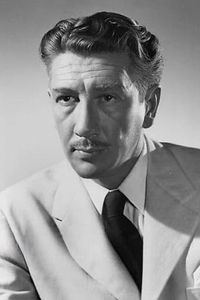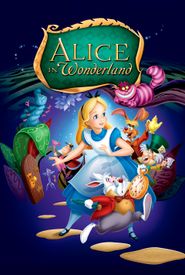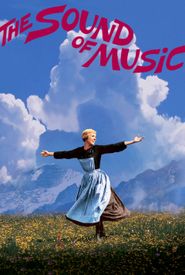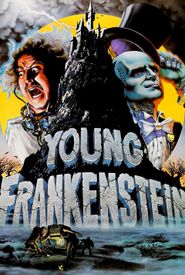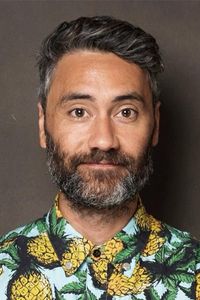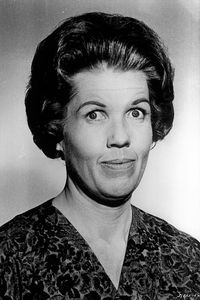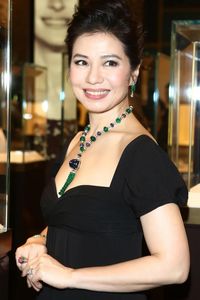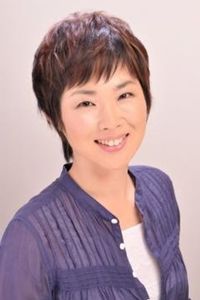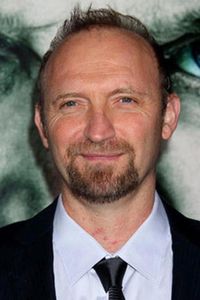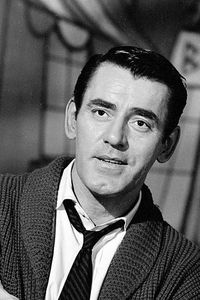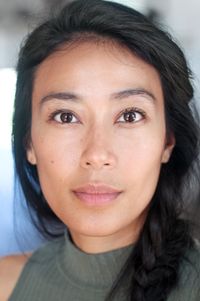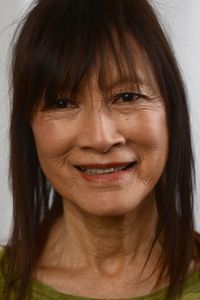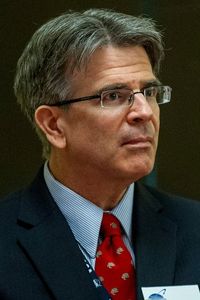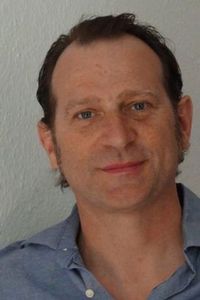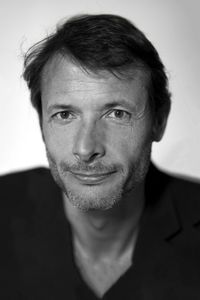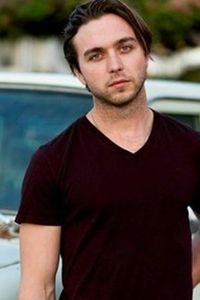London-born character actor George Richard Haydon, renowned for his distinctive nasal delivery and pompous, fussy demeanor, embarked on a show business career marked by a laborious start, selling tickets at the box office of London's Daly Theatre and struggling with an unsuccessful comedy act in musical revue.
Undeterred, Haydn pursued a change of pace, overseeing a Jamaican banana plantation only to see it ravaged by a hurricane, before returning to the stage in the 1926 West End production of 'Betty of Mayfair' and soon after, making his radio debut.
It was in this medium that Haydon first found success, creating his signature character, the perpetually befuddled and nasally-voiced fish expert and mother's boy, Edwin Carp, which he later immortalized in the book "The Journal of Edwin Carp".
The Carp routine opened the door for Haydn to appear on Broadway with Beatrice Lillie in Noël Coward's 'Set to Music' (1939) and subsequently secured a contract with 20th Century Fox.
Haydn's film career saw him take on a range of roles, from the relatively straight-laced to comedic parts where his lugubrious face and dignified presence could be employed to scene-stealing effect.
He is notable for his characterizations in films such as Ball of Fire (1941),And Then There Were None (1945),Cluny Brown (1946),Forever Amber (1947),Sitting Pretty (1948),and The Late George Apley (1947).
In the late 1940s, Haydn made a brief foray into directing, helming three films for Paramount, including the Bing Crosby vehicle Mr. Music (1950),which received critical acclaim.
He continued to appear on screen in later years, most notably as Trapp family friend and promoter Max Detweiler in The Sound of Music (1965),as well as in animated cartoons, such as Warner Brothers Looney Tunes and as the Caterpillar from Alice in Wonderland (1951).
Haydn also made frequent guest appearances on television, starring in one of the most memorable episodes of Rod Serling's The Twilight Zone (1959) and caricaturing a Japanese businessman in an episode of Bewitched (1964).
In his private life, Haydn was a reclusive individual who enjoyed horticulture and avoided interviews.
